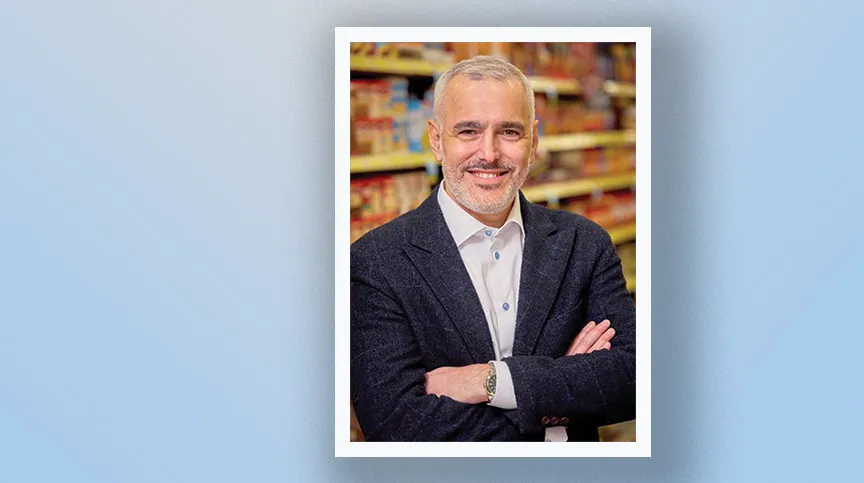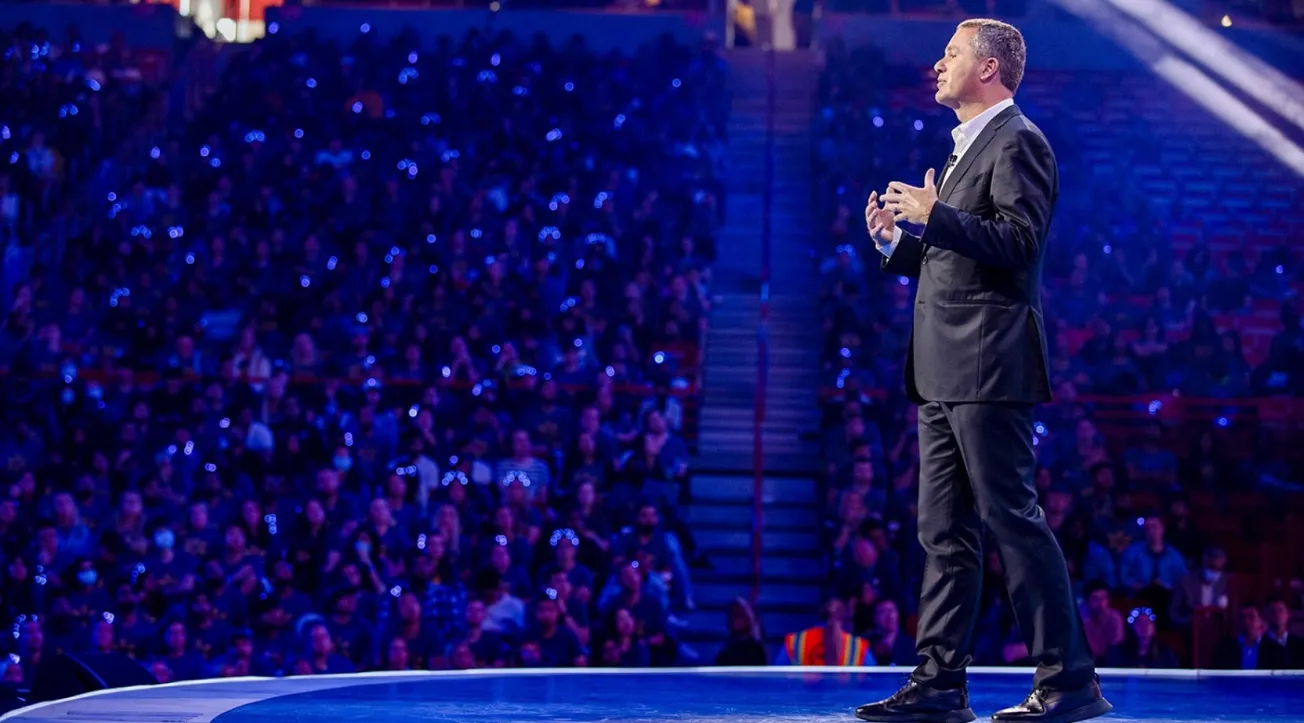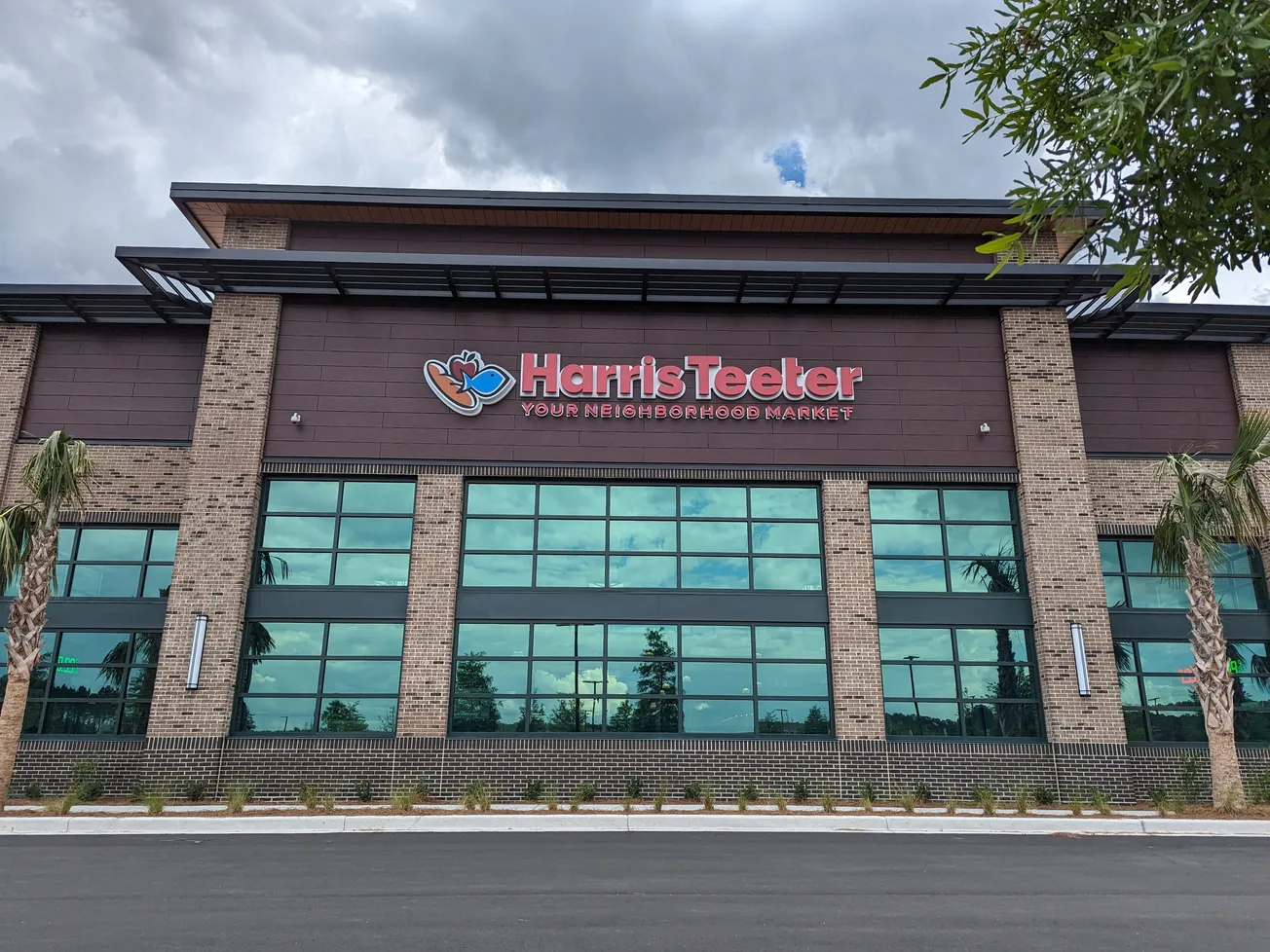Funny how quickly things change. Remember when a prominent speaker at Cannes this past June declared, “The era of the brand is over!” and escalated the debate about how to invest marketing dollars? Flash-forward to December, though, and over a third of marketers told WARC they planned to significantly increase their brand marketing while lowering performance marketing investments in 2024. Just the latest turn in the never-ending Brand vs. Performance debate,

right? Not exactly. As an Adweek editor recently said, “We’ve created a false choice that is really creating tremendous headwinds for us as marketers.” So true. In today’s dynamic omnichannel marketplace, only chasing short-term revenue is a set up for failure. With today’s nonlinear path to purchase, consumers can enter the marketing funnel at any stage. Plus, post-pandemic, with an overabundance of choices, they’ve shown they’re willing to walk away from brands that don’t truly “get” them. It’s become so clear: Focus only on short-term conversion and you miss the bigger opportunity. To win, a careful balance of both brand and performance marketing is critical — with new brand-building approaches that connect the dots all along a highly complex path to purchase.
Numerous market influences have forced the continuation of marketing transformation over the past few years. To name just a few: Probably the most obvious, pandemic-driven, accelerated adoption of online shopping — including DTC — which, with its highly competitive digital shelf, has greatly increased choice complexity and a change in the discovery process. Changes in media consumption behaviors and shopping behaviors. Inflationary pressures forcing consumers to trade down to private label and the adoption of “dupe” culture. Institutional and corporate skepticism at an all-time high. Ever-increasing demand for a personalized, frictionless omnichannel experience. A push for greater brand authenticity beyond social purpose. Media fragmentation. Cookie deprecation and the resulting explosion in retailer media. Should I go on?
Consumers now move from awareness to purchase in a matter of minutes — both in-store and online. The purchase funnel? It isn’t gone; it’s just morphed into seemingly endless variations as individual journeys become shaped by less traditional lifestyles and life stages, tech savviness and access to tech devices, and the ever-growing income divide. And, of course, all of these behavioral shifts are accelerated by “shoppable everything” — opening up many more opportunities for moments of conversion.
The importance of a strong brand and clear value proposition has never been more important. Brands are still one of the most important ways to establish meaningful relationships and long-term growth. But how we build brands is changing dramatically to meet the new challenges of connecting with consumers. Clearly, the days of creating brands through 30-second linear TV spots are over. No doubt, how we think about brand strategy, architecture and guidelines all need to evolve to consider all of the new ways a brand can come to life in order to make an authentic, emotional connection. Time is precious. Finances are stretched. And expectations for entertainment are higher than ever. All of this means that brands need to step up how they interact and what type of experience they create for their consumers. This is not to suggest that investment should shift into “experiential marketing.” Rather, it indicates that every interaction should be viewed through the lens of brand experience — from messaging to navigating brand choices during a purchase occasion to unboxing, packaging and even instructions.
It’s become quite impossible to make good decisions about media or creative strategy without opening up the mindset to include a full-funnel perspective. We are at an important moment, with reason to pause, reconsider and reinvent our approach to marketing.
When paired with defined opportunities, media and creative can be planned and developed with a clear purpose for the moment and understanding of how each vehicle is best utilized. And when you layer on a complete commerce approach, your investment works that much harder to create momentum behind brand and category growth.
Ultimately, the best way forward is to leave behind the traditional mode of thinking about “upper funnel” and “lower funnel” and instead focus on creating connected moments with the target audience — driving engagement through more targeted, strategic approaches stemming from an authentic brand purpose.
As more people use digital platforms like streaming TV and online shopping, marketers have the opportunity to make every ad and customer interaction a shoppable moment. Ads that urge consumers to act right away boost sales and profits. But it’s easy to forget about building brand loyalty when we’re laser-focused on performance marketing. A holistic, full-funnel integrated approach can address this conundrum.
It identifies the right brand plus performance marketing approach, with a focus on moments; it identifies right-sizes investment; it allows for optimization of assets and resources; and it ensures that retail media investment works harder.
To set the stage for a holistic, full-funnel integrated approach, we advise our CPG clients to consider the following:
• Complete commerce approach needed — Start with the understanding that those key brand-building moments that also drive conversion can become a reality with the right holistic, complete commerce approach. Consider when and where your consumers are spending the most time with your brand and revisit how you interact within those moments to shape their thinking and create emotional connection.
• Map connected moments — Creating a map of connected moments designed to deliver on specific tasks yields great results by influencing perceptions, emotions and, ultimately, behaviors.
• Break free of traditional roles — Avoid pigeonholing media vehicles in one stage of the funnel or another. One example: retail media. As retail media offerings continue to explode and become a higher percentage of the media investment, it’s never been more important to think holistically about the commercial business. Brand building can occur in every interaction with a consumer or shopper. And with more of those opportunities happening in the retail environment, it’s critical to consider how to maximize each interaction — from at-shelf to brand pages to how a promotion is communicated. Yes, retail media is attractive because of its proximity to the buying decision, but thinking it’s only a lower-funnel tactic is a mistake. It’s fast becoming a tool for both branding and performance advertising, as it leverages first-party data to deliver display, video and streaming TV ads across various platforms.
• Retailer collaboration is key — True retailer partnerships have never been more important for an effective full-funnel approach. Retailers also benefit when brands enhance the shopping experience through better discovery, education, clear value proposition and relevant communication. Consumers crave meaningful innovation and have increasingly higher expectations to make it worth veering away from autopilot shopping behaviors. The only way to deliver on those needs with mutual success is through heightened brand and retailer collaboration.
• Contemporize your approach to search — It’s time to stop focusing solely on search rankings. Content designed solely to optimize keyword search results — without human-centricity — misses some of the most critical moments on the journey. Remember, search results are also influenced by chat- and image-based search. New technologies like AI-assisted search and multimodal search that combine images, conversation, keywords and video will give users a direct brand experience within search results. The implications for brands? As content requirements evolve to address search tech advancements (like Google’s Search Generative Experience), brands need to ensure they’re showing up with the right brand distinction, consistency and tone while also meeting consumers where they are in that moment.
• Optimize messaging throughout the funnel — Use consistent cross-platform messaging across the funnel stages to ensure your consumer isn’t struggling with different or non-relevant messages. Keep changing messages across the funnel, and you’ll keep reintroducing your brand and impacting your ability to move the shopper to a sale and build your brand.
• Go for the multiplier effect — Coupling performance with brand marketing gives you a multiplier effect, driving short-term profits and building strong brand recognition, memorability, market and mindshare over the long term — which will lift your performance marketing success.
The trick, in the end, is understanding how brand and performance marketing can complement each other, and how each stage of the funnel connects to create a complete commerce path for your consumer. This came into play recently for a wellness functional food brand that needed to go beyond conversion-driving tactics that only spoke to a small audience. Together, we built out the brand proposition by educating a much larger audience through paid and owned media, resulting in year over year growth of 61% and doubling the new customer base.
Thinking about the full funnel differently can unlock the insights needed to drive more efficient, sustained brand growth. While the plan will look different for every brand, we’re finding that those who employ complete commerce strategies across the funnel are pulling ahead of the pack, reaching more consumers at all stages of the journey and meeting them where they are on that journey. Treating each interaction as a precious moment to enhance brand connection to drive conversion is a golden opportunity. It’s time to have your team rethink their brand marketing approach to drive sales and build long-term loyalty.
Jason Reiser is president of Market Performance Group, marketperformancegroup.com.








